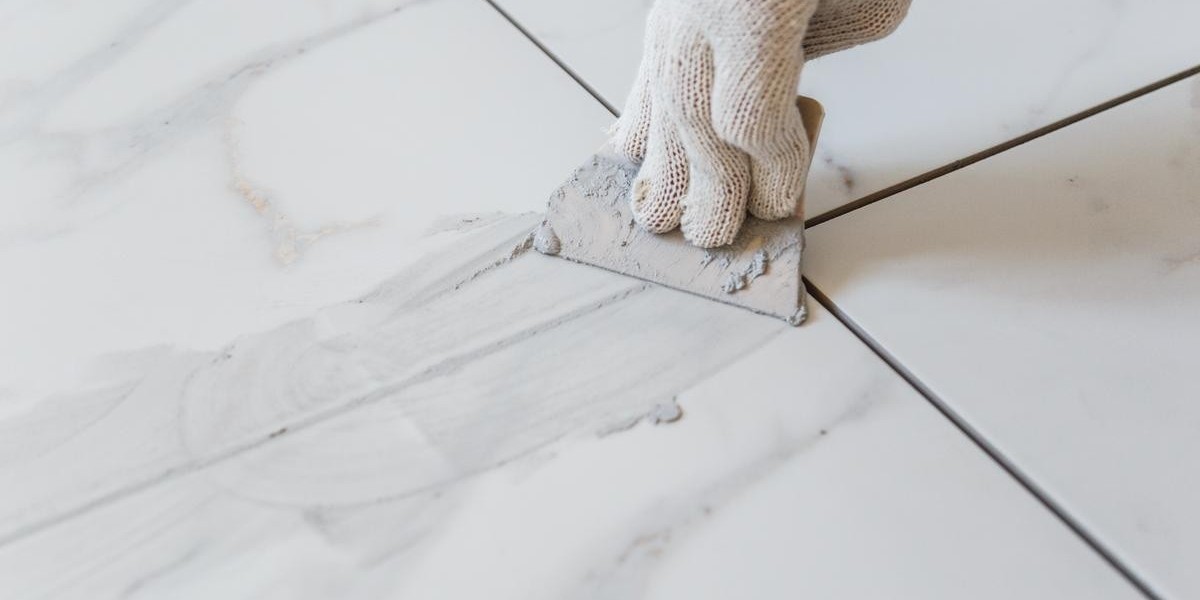When dealing with tile grout, a lot of homeowners frequently mix it up with sealing. Although both processes are necessary for tile surface maintenance, they have separate functions. Properly caring for tiles requires a deep understanding of these distinctions.
What is Tile Grouting?
Grouting tiles entails using a combination of water, cement, and additional materials to fill the gaps between them. The main function of grout is to provide stability to the tiles and achieve a polished appearance. It aids in maintaining the position of tiles to prevent any movement or damage. Grouting is usually carried out post tile installation and is crucial for creating a robust and visually appealing surface.
What does Sealing mean?
On the flip side, sealing is a protective process carried out on the grout once it has finished curing. Sealers establish a barrier to stop moisture and dirt from infiltrating the grout. This is an essential step as unsealed grout has the potential to soak up stains and change color as time goes on. Sealing also decreases the development of mold and mildew, boosting the durability of your tiled surfaces.
Main Differences
The main distinction between tile grouting and sealing is their respective purposes. Grouting offers structural support and fills gaps, while sealing shields the grout from harm and discoloration. Sealing is done after the grout has set, following its initial application.
It is crucial to comprehend the distinctions between tile grout and sealing in order to properly care for tiles. Effective grouting maintains stability, while sealing protects against stains and moisture, increasing the durability of your tiled surfaces.



